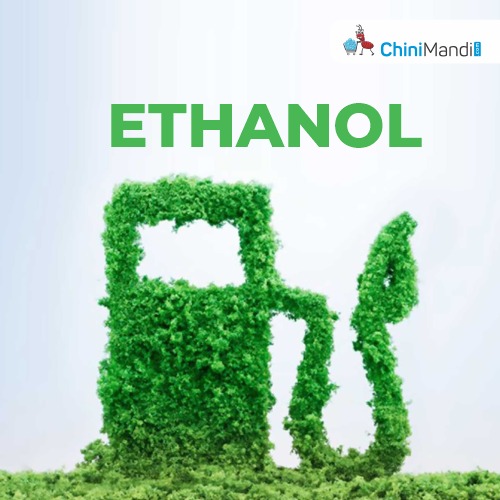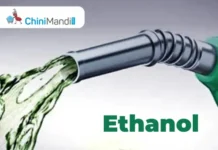EPC solutions is the need of the hour and in the quest of creating a safe thriving environment, sustainable energy sources are in high demand. Ethanol being one such resource is in high demand globally, especially in countries such as US, Brazil and India and its production plants are heavily dependent on Engineering, Procurement, and Construction (EPC) solutions, particularly in the unloading and milling stages which are the most vital components in ethanol production
The Fast-Track Ethanol Imperative
According to a report by International Energy Agency, global ethanol production was at approximately 106 billion liters in 2023, and is estimated to reach 119 billion liters by 2027. This growth is driven by biofuel obligations, climate goals, and fuel blending programs in several major economies.
In India, itself, in order to create demand for bioethanol capacity, the government advanced its 20% ethanol blending target (E20) from 2030 to 2025. According to NITI Aayog and the Ministry of Petroleum & Natural Gas, “India would need to increase ethanol production capacity from currently 6.5 billion liters to 13–14 billion liters annually to meet this target”.
This above factors of rising demand in ethanol has put the attention on integrated, effective, and rapid-deployment infrastructure, especially at the forefront of the plant: unloading and milling.
Unloading Systems: Reducing Turnaround, Maximizing Throughput
Efficient feedstock unloading is often the first bottleneck in ethanol plant operations. Whether the raw material is sugarcane, corn, or biomass, minimizing truck or rail dwell times is essential to keep the plant running at full capacity.
Modern EPC providers deploy:
• Dust suppression systems to improve environmental compliance.
• Weighbridge integrations and real-time monitoring systems for inventory control.
Milling: The Efficiency Engine of Ethanol Production
Milling is the backbone of any ethanol process. It directly impacts the starch extraction rate, moisture control, and downstream fermentation efficiency. Any delay or inefficiency here can cascade into reduced ethanol yield.
Key EPC-led advancements include:
• High-efficiency hammer mills for better particle size reduction.
• Energy-optimized drives and wear-resistant components for longer uptime.
According to a 2022 report by the U.S. Department of Energy, improvements in milling efficiency can enhance ethanol yields by up to 6–8%, which is substantial over the lifecycle of a plant.
The EPC Advantage
EPC firms bring integrated design-build capabilities that align with:
• Tight project schedules, to increase production
• Cost optimization, through economies of scale in equipment sourcing.
• Risk reduction, by offering single-point responsibility and commissioning support.
Modern EPC firms also incorporate IoT and SCADA systems for smart monitoring of unloading and milling performance.
Conclusion
As countries scale up ethanol infrastructure in response to climate mandates, the importance of front-end EPC integration will only grow. Unloading and milling are not just mechanical processes—they are the launchpad for performance, yield, and sustainability of the entire ethanol plant.
By embracing pre-engineered solutions, automation, and integrated EPC models, ethanol developers can shave months off project timelines, reduce startup issues, and position themselves as frontrunners in the race toward net-zero fuel.
Vasu Naren is Chairman & Managing Director at Sona Machinery Ltd.


















[…] Source : Chinimandi […]